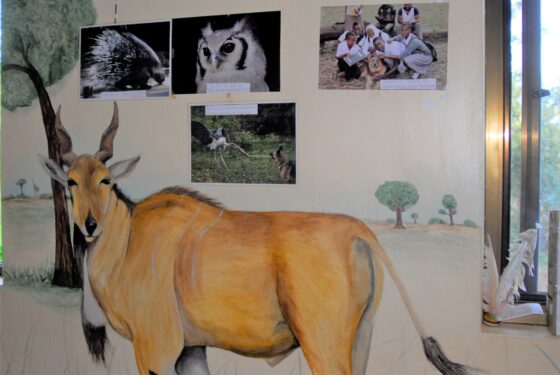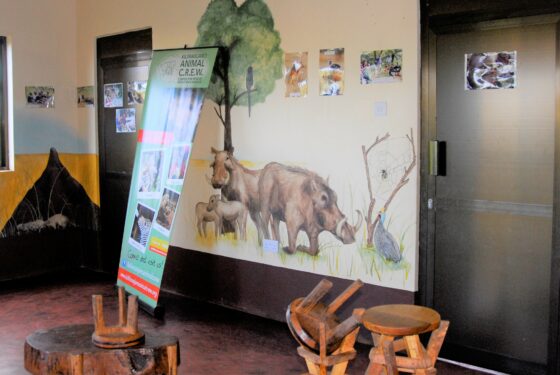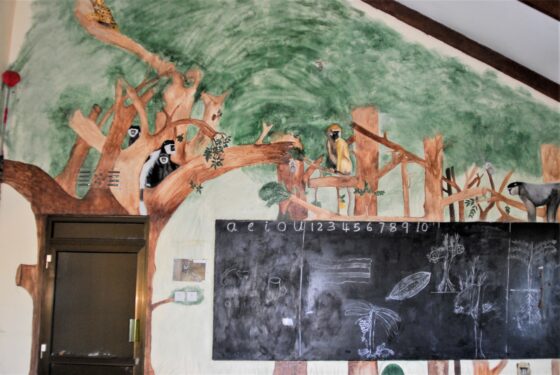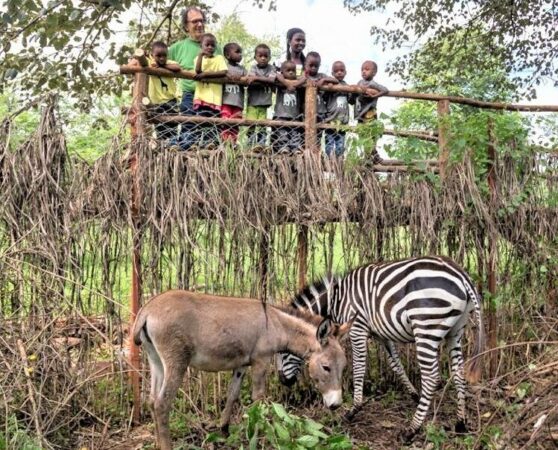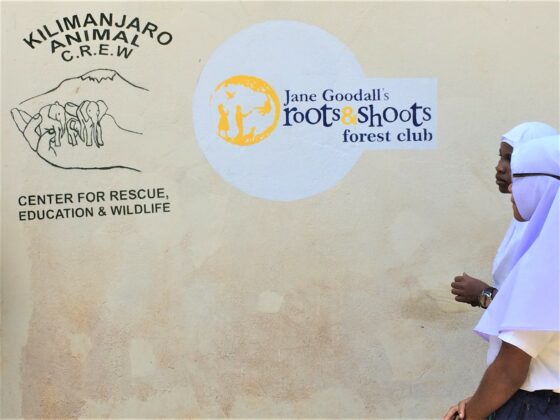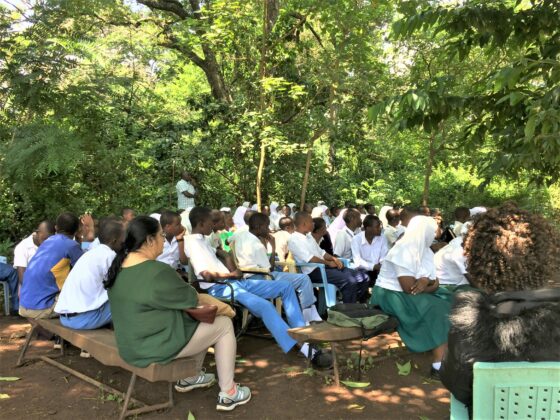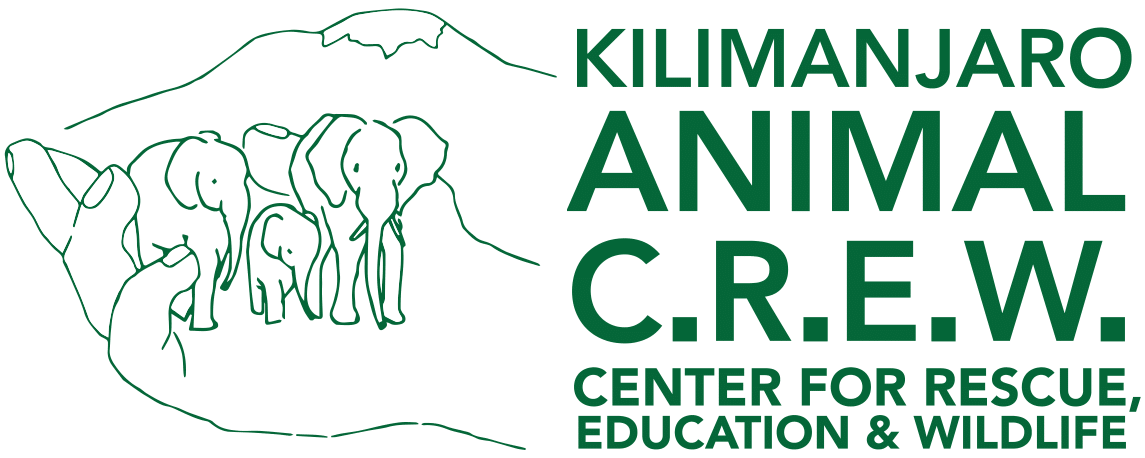Our Facilities
Animal Clinic:
Laszlo and Elisabeth started the Kilimanjaro Animal C.R.E.W. Project back in the late 90s. Despite the importance of their work, lack of funding has hindered improvements or refurbishment. As a result, most of the equipment and facilities at the original clinic were in need of renovation and modernisation.
Therefore the clinic needs monthly support for the running upkeep, salaries for caretakers, renovations and improvements, as well all the medical equipment and supplies.
Due to a very kind donor, we have started the construction of a new clinic that will be one of it’s kind in East Africa! We hope to see it complete by 2025.
Until then we remain with our old clinic and equipment.
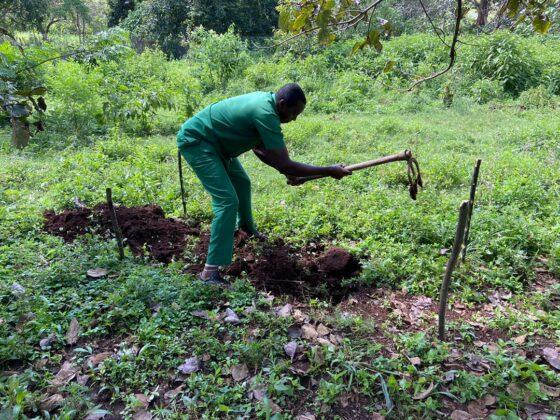
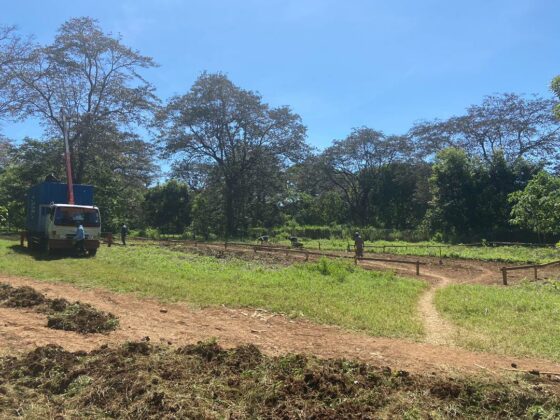

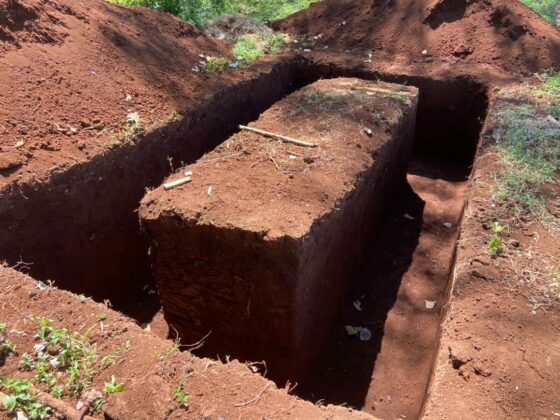
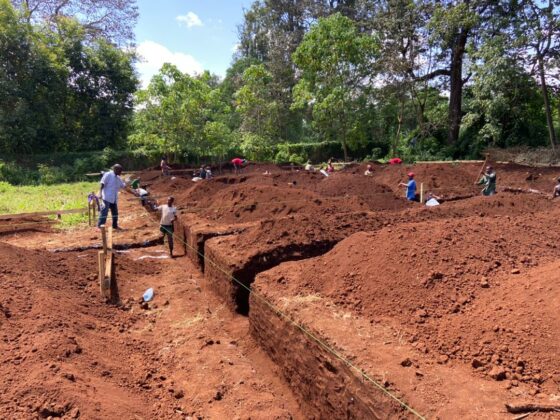

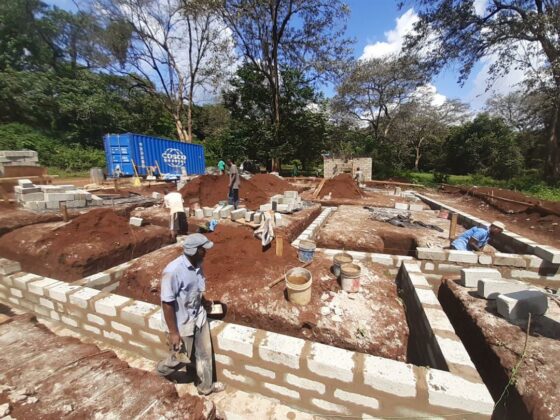
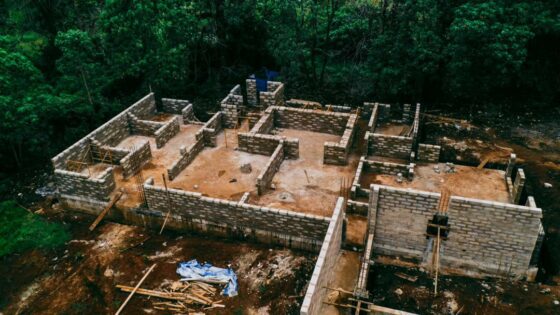
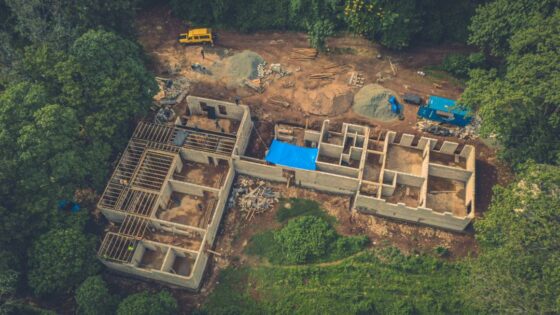
Bush School
Our hopes are that by the time the new generation of vets step into the field, human-wildlife conflict would have been lessened through many different possibilities of proven mitigations. Yet, the only way to achieve this is continuous education about the importance of conservation and sustainability.
We believe that conservation initiatives have to go hand-in-hand with education and awareness programs to enable any real impact in the long run. Conservation of wildlife and habitat demands a holistic approach, requiring the use of a variety of tools, education programs being only one, but one of the most important ones.
Our Bush School was founded in 2015.
The following programs are offered :
Program for preschool-aged children (Kindergarten)
Preschool-aged kids from our neighboring Machame community visit our Bush-School six days a week. Apart from conservation and sustainability, we teach some essential skills, such as reading, writing and English. We also provide the kids with breakfast at our school. So far there are twenty children enrolled in this program.
Program for the primary school kids
Primary school kids (7-10-year-olds) visit our school regularly, each visit takes about two hours. Apart from learning about conservation, they are also taught elementary biology and botany. Our environmentally focused course is a good addition to the conventional curriculum at a public school. There are thirty kids in this program now.
The success of our Bush-School was marked by Jane Goodall, an internationally acclaimed primatologist, world-renowned for her research within the Gombe Stream National Park, and a collaboration with her Roots and Shoots Program in Tanzania.
Overall, the total enrollment in our Bush-School across the two programs is eighty children. Every year, however, we receive many requests for more admissions, and most of them have to be turned away and rejected due to our limited capacity.
Like all other projects and activities at Kilimanjaro Animal C.R.E.W., the Bush-School is funded by donations only.
